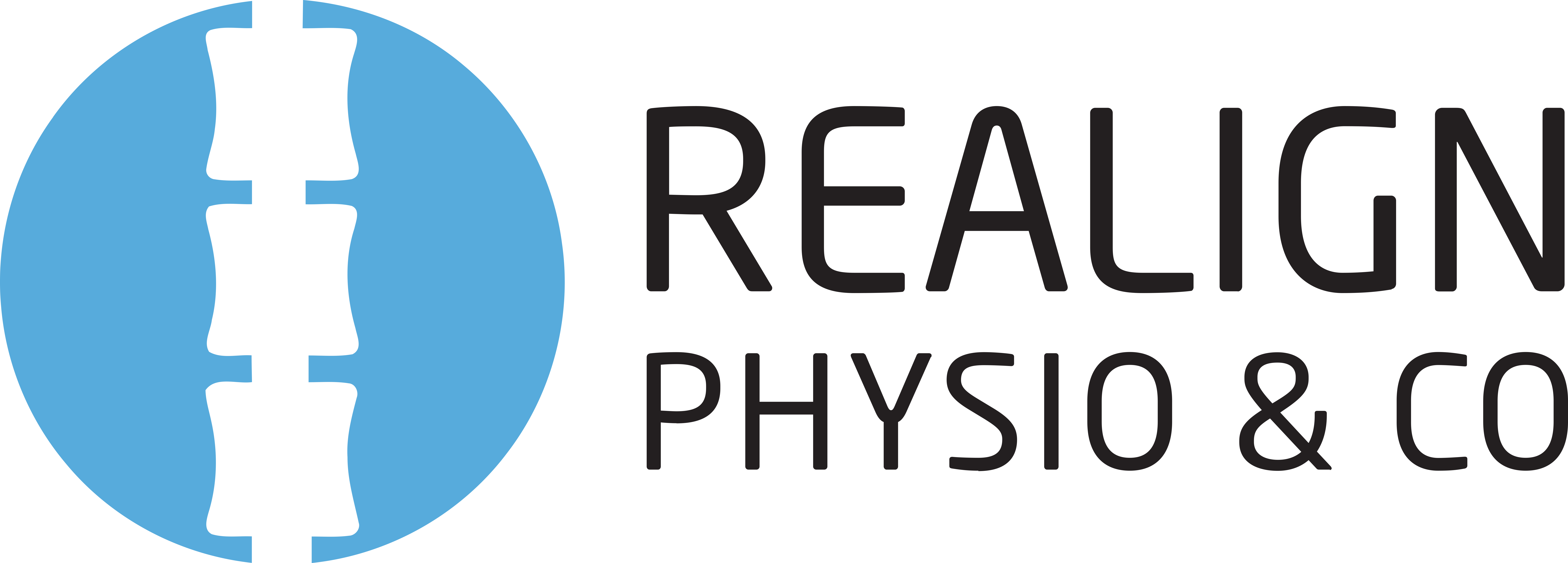
Football (“soccer”) injuries
Soccer is a contact sport with loads of sprinting and cutting, jumping and explosive movements such as kicking a ball. Each of these can lead to a different type of injury, from an ankle or knee sprain to a muscle injury or a ligament injury. Aside the goal keepers injuries (hand and wrist), the lower limb is the most affected body part. Hamstring and calf strains are the most common type of muscle injury. Groin pains are usually due to an imbalance between inner thigh muscles strength (adductor) and hip mobility and strength, but it can also be a referred pain from a hip injury (i.e. labral tears or cam injuries). The knee is the most common site of pain, coming from the patellar femoral joint (PFP, i.e chondromalacia), patellar tendon, collateral ligaments, or from internal structures in the knee, such as the meniscus or the ligaments ACL/PCL. Ankle injuries are usually from sprains. Treatment will vary on the site location and severity. When acute injuries such as a cork (contusion in the muscle) or a sprain, physiotherapy would focus primarily in reducing pain and inflammation and restoring movement; when pain is not due to an acute injury, like muscle cramps, or knee pain or patellar or achilles tendinopathy, treatment should focus not only on manual therapy techniques but mainly on exercises to build capacity and reduce recurrences. Regardless of the type of injury, we can help. Understanding the biomechanics of the sport and the most common injuries, a preventive exercise program can be implemented to help reduce the risk of injuries, along with understanding your body’s current capacity and how to build it up.

Recent Comments